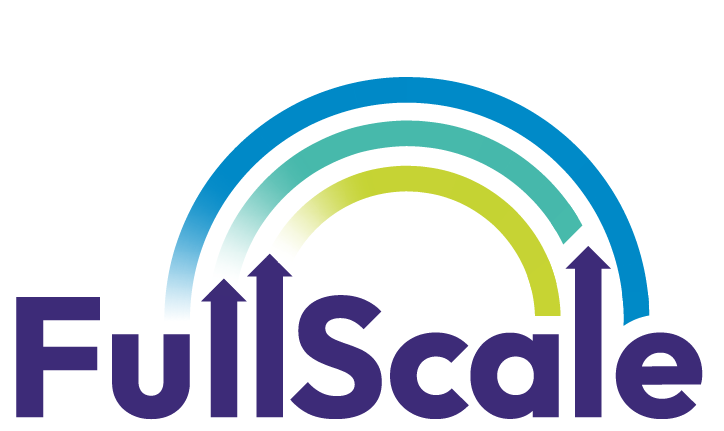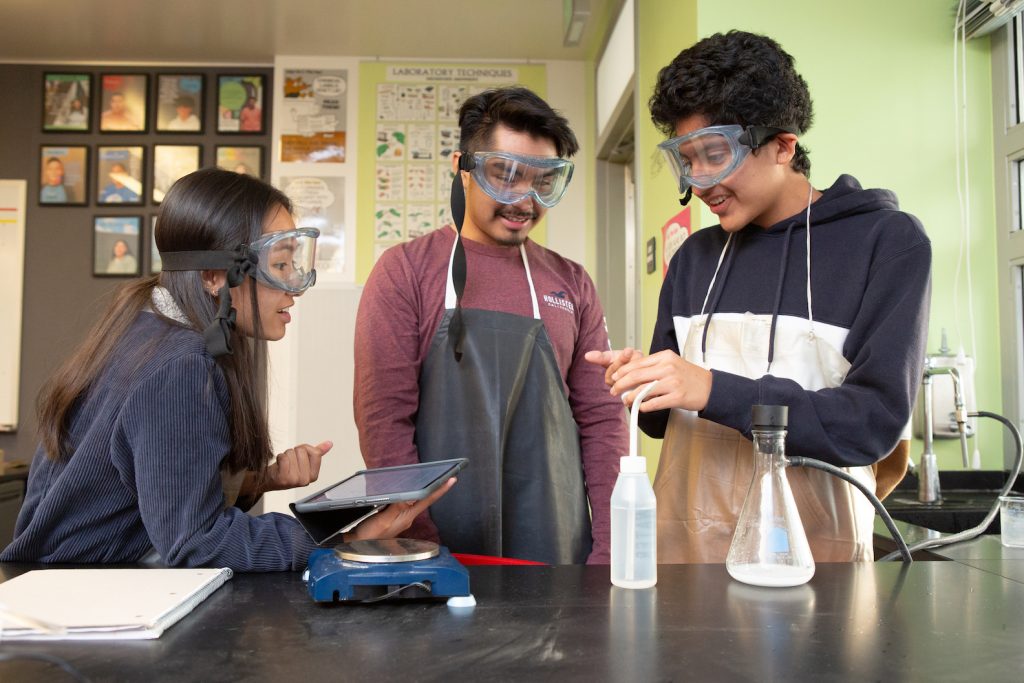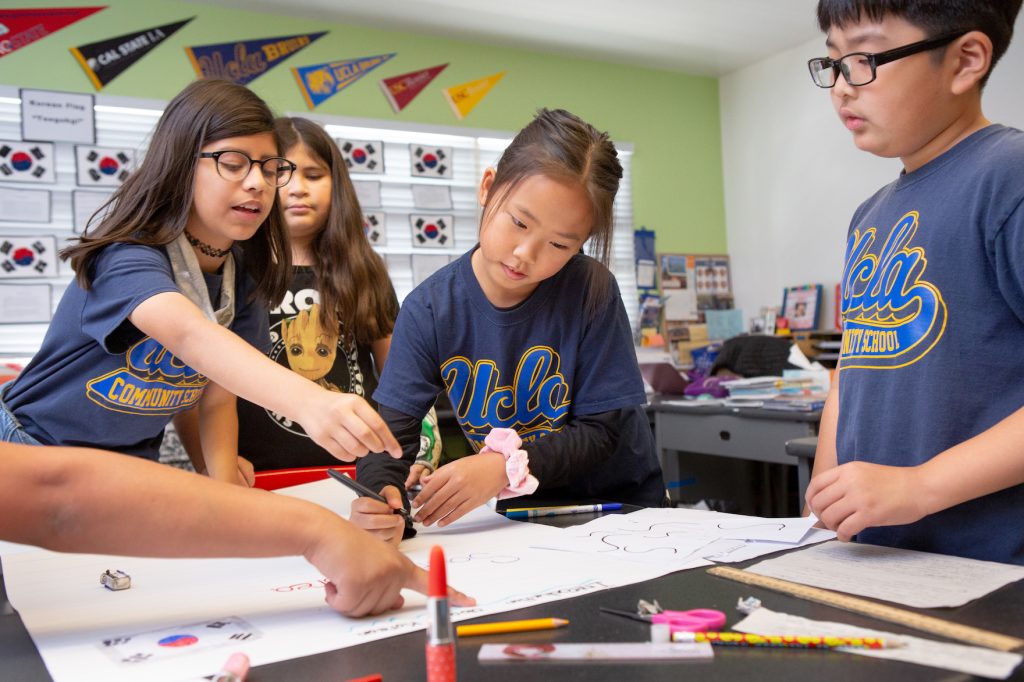Families, students, and educators both want and need high quality, public virtual and hybrid learning options for a variety of reasons, making the question no longer whether to offer these choices, but how to ensure they deliver on quality.
Through our Accelerating Evidence Project (part of our Exponential Learning Initiative), we are currently conducting a mixed-methods study of six high quality virtual or hybrid models. The goal of this work is to build an evidence base to help shift the national narrative around virtual and hybrid learning. Our newly released data sheets present early findings for how educators and students perceive the quality of their learning model. Based on this preliminary data, we have uncovered five themes that can support system leaders, policymakers, and funders in making decisions about the design of virtual and hybrid learning environments.
About the Study
During the first semester of the 2024–25 school year, we collected survey data from 631 students and 53 teachers across five of the virtual (2) and hybrid (3) sites participating in the project. This early data confirmed our initial hypothesis: these models, though structured incredibly differently, are all providing high-quality learning experiences.
Five Themes to Understand High-Quality Virtual and Hybrid Learning
In analyzing the survey data, we identified five consistent themes across the five sites:
- All sites show evidence of being high-quality. Students and teachers reported engaging in learning and practices that are consistent with the drivers of high-quality learning: effective technology, strong pedagogy, and meaningful relationships built on a foundation of self-directed learning.
- Creative learning opportunities enhance learning quality. Students who reported high levels of access to creative thinking and product creation opportunities also indicated they experienced high-quality learning more frequently. They also noted having stronger relationships with their educators.
- Teachers continue to play a critical role in student success. When students described what best supported their success in virtual and hybrid models, it wasn’t the technology – it was the connection and personalized support from their teachers.
- Students thrive when they have agency. Particularly when it comes to how they approach their learning, students shared that being able to customize their environments — and have choice in how, what, and when they learn — played a strong role in their overall success.
- Active engagement remains a key driver of student success. Students who had consistent attendance, and reported opportunities to actively participate and engage, also reported more frequently experiencing high-quality learning. This sentiment was echoed by educators as they described the need for students to not only be present, but also actively involved in their learning.
Why This Matters
Virtual and hybrid models can play a critical role in addressing system-wide challenges, from teacher shortages to course access gaps, while offering personalized pathways for students with diverse needs. However, in order to scale models that work, we need a shared understanding of what makes them high-quality. These initial findings tell us that while technology is an important factor in making these models viable, ultimately, leaders need to design virtual and hybrid learning experiences rooted in effective pedagogy and that build strong bonds between educators and students.
Explore the Data
Our new data sheets offer a clear, accessible look at how five programs are making virtual and hybrid learning work for their students. Whether you’re a district leader, school designer, policymaker, or funder, we hope these findings spark ideas, sharpen your understanding of quality, and support your next step forward.





